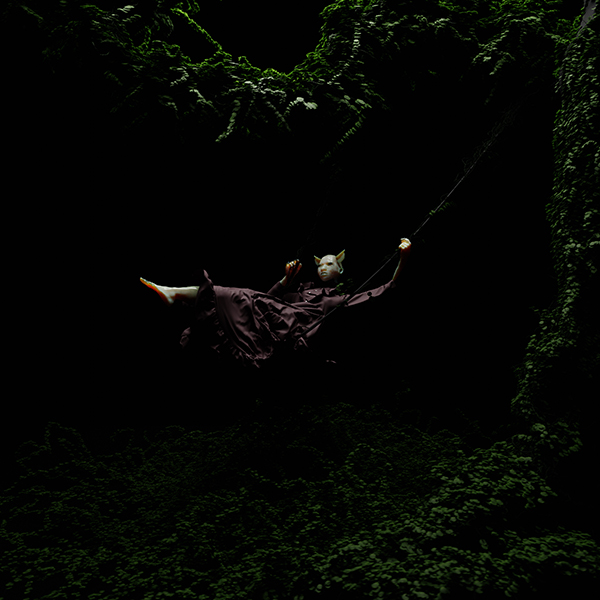HMLTD: Don't Leave Me
‘Don’t Leave Me’ (Chapter 1: Despair) and its accompanying B-sides, ‘Love Is Not Enough’ (Chapter 2: Grief ) and ‘Do This By Yourself’ (Chapter 3: Wrath), are HMLTD‘s first new material since the release of their acclaimed debut album ‘West of Eden’ in 2020.
Together, the songs form a triptych, offering three different perspectives on a tragic love triangle, as told by ‘the left’ (Chapter 1), the ‘leaver’ (Chapter 2) and the ‘left for’ (Chapter 3). Each song sharing the same chords and structure, but having its own distinct lyrics, melodies, arrangements and even genre. In this way, the triptych deconstructs the love song as a pop music trope, telling the same classic love story but from multiple angles, with the truth being some amalgamation of these accounts.
Lead single, ‘Don’t Leave Me’, is a catchy, breakneck, arena-sized piece of synth-pop that is both nostalgic and futuristic, combining soaring analogue keys with eerie autotune and sound design. It tells the story of a relationship that’s gone toxic, descending into violence and suicidal ideation as the narrator begs their lover not to leave. It’s an all too familiar tale made even more twisted and insidious by the bright and ecstatic supporting instrumentation.
‘Love Is Not Enough’ tells the story from the perspective of the leaver, after the lover they left has followed through with their suicidal threats. It’s a song about haunting, and the ways in which we all carry the ghosts and the traumas of our old relationships into our new ones. Here the narrator is manipulated and gaslighted from beyond the grave by her ex-lover’s wraith. It is a languorous, melancholic piece of dream-pop that recalls Disintegration-era The Cure and features guest vocals by Tallulah Eden.
On ‘Do This By Yourself’, HMLTD explore industrial, indietronica, hip-hop and even dubstep, all with a haunting, ethereal vocal performance by HMLTD collaborator, Seth Evans. This story is being told by the ‘left for,’ who has found themselves in a destructive love triangle with his lover, and her previous lover’s wraith. As the claustrophobia becomes too much the relationship implodes and, in so doing, threatens to restart the tragic cycle all over again. As the left for becomes the leaver, and the leaver becomes the left; the once distinct identities and perspectives that form this triptych all eventually blur into one giant tragedy.
The accompanying artwork by digital artist Mike Raymond is based on Fragonard’s masterpiece ‘The Swing,’ perhaps the most famous painting of a love triangle. However, as the three characters collapse into one, Raymond’s version is a far bleaker work: the single character alone on the swing in the middle of a black void representing the collapsed singular identity of the triptych’s three narrators.
